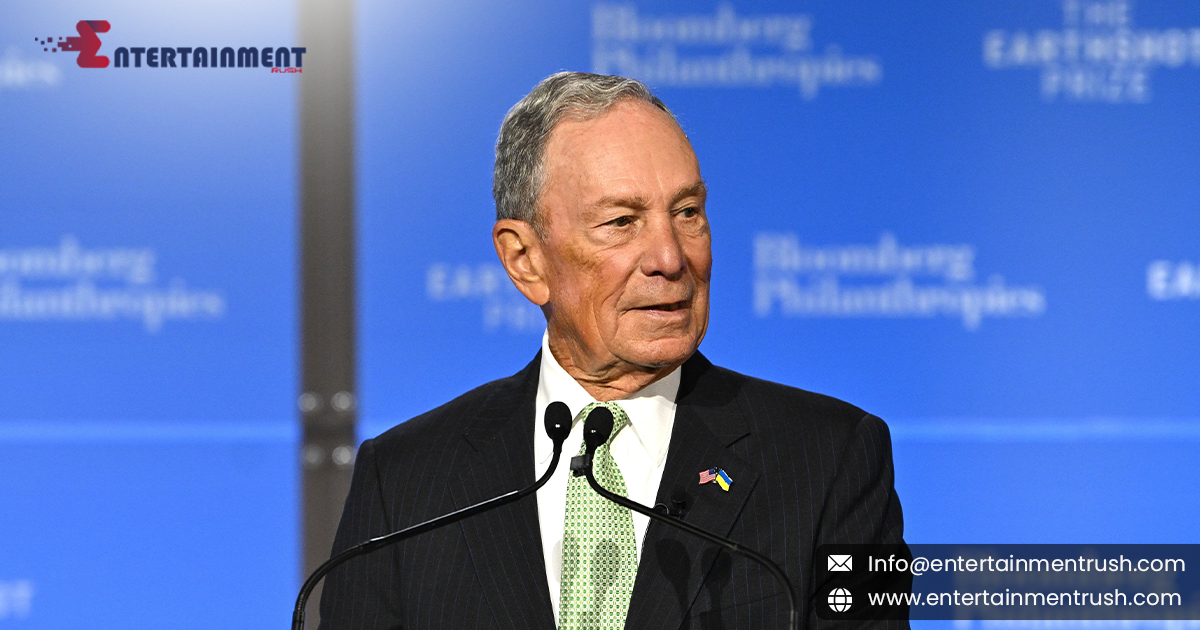In a landmark move for medical education, Michael Bloomberg has pledged $1 billion to support medical schools across the United States. This unprecedented donation is set to transform the landscape of medical education, making it more accessible for countless students. However, as the details of this generous gift are unveiled, it’s clear that not all prospective medical students will benefit equally. Here’s a closer look at the eligibility criteria and implications of Bloomberg’s monumental contribution.
The Scope of the Gift
Michael Bloomberg’s $1 billion donation is one of the largest philanthropic efforts directed toward medical education in history. The funds are intended to alleviate the financial burden of medical school tuition, which has been a significant barrier for many aspiring doctors. By covering tuition costs, Bloomberg’s gift aims to make medical education more accessible, reduce student debt, and encourage a diverse range of individuals to pursue careers in medicine.
The donation will be distributed across various medical schools, providing substantial financial aid and scholarships. This initiative is expected to have a profound impact on the next generation of healthcare professionals, particularly those from underrepresented backgrounds or financial hardships.
Eligibility Criteria Unveiled
While the donation is a major boon for medical education, the specifics of who will benefit have now been clarified. The eligibility details reveal that the gift is not a blanket offer for all medical students but comes with certain conditions and restrictions.
- Targeted Institutions:
The gift will be allocated to selected medical schools that meet specific criteria set by Bloomberg’s foundation. Not all medical institutions will receive funding, and the choice of schools is based on their ability to leverage the funds effectively and meet certain educational standards.
- Financial Need:
A significant portion of the funding is earmarked for students demonstrating financial need. This focus aims to address the disparity in access to medical education among students from lower-income backgrounds. However, students with higher financial resources or those attending institutions that do not meet the specified criteria may not be eligible.
- Academic and Professional Requirements:
Eligibility for the scholarships provided by this gift will also depend on academic performance and commitment to the medical profession. Schools may use a combination of merit-based and need-based criteria to select recipients, ensuring that those who are most likely to benefit from the support are chosen.
- Geographic and Demographic Factors:
The distribution of funds may also consider geographic and demographic factors, aiming to support a diverse range of students and ensure that the benefits reach various regions and communities.
Implications for Medical Education
Bloomberg’s $1 billion gift represents a significant investment in the future of healthcare. By easing the financial burden on medical students, the donation has the potential to attract more individuals to the field, increase diversity, and address shortages in certain medical specialties and regions.
The selective nature of the funding also raises questions about equity and inclusivity. While the targeted approach aims to address pressing needs, it also means that many students who could benefit from reduced tuition will not receive assistance. This selective allocation could spark discussions about how best to balance widespread support with targeted aid in future philanthropic efforts.
Moving Forward
As medical schools begin to implement the details of Bloomberg’s gift, students and institutions will need to navigate the eligibility criteria to make the most of this opportunity. For those who qualify, the support will be a transformative step towards achieving their educational and professional goals.
In the broader context, this donation highlights the growing role of philanthropy in addressing systemic issues in education. It sets a precedent for future charitable contributions and encourages other donors to consider similar initiatives to support education and reduce barriers for students.
Bloomberg’s $1 billion gift is a game-changer for medical education, promising to make a significant impact on the field. As the eligibility details become clearer, the focus will shift to how this support is utilized and how it reshapes the future of medical training and healthcare delivery.




Leave feedback about this